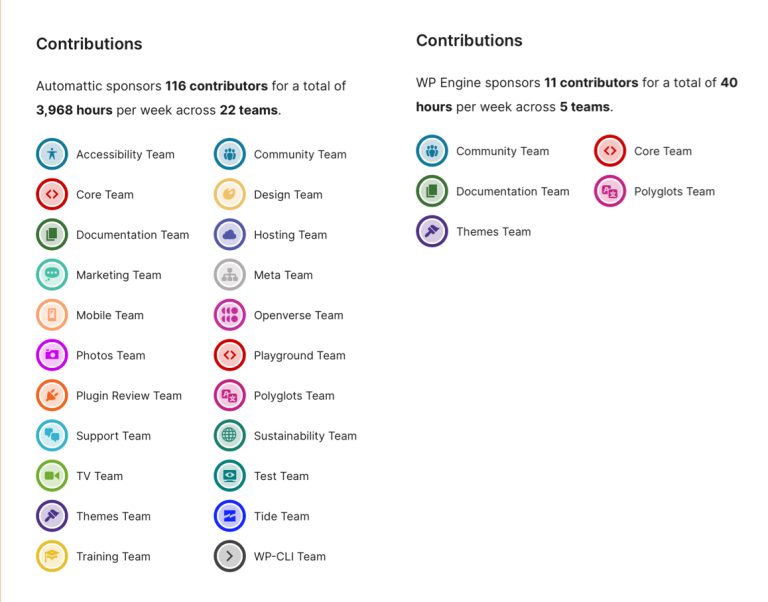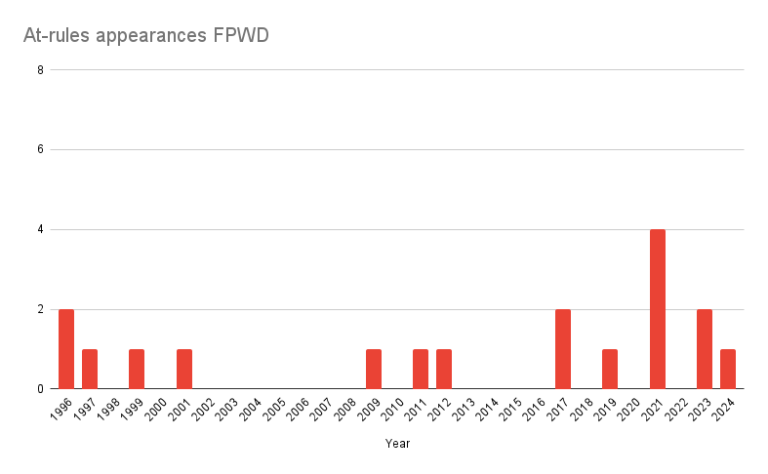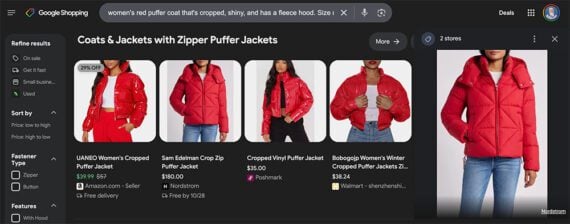
Kurt Elster launched his ecommerce agency in 2009 and his first Shopify store in 2011. His “Unofficial Shopify Podcast,” which he started in 2014, is now required listening for that community of merchants, developers, and vendors.
He and I recently discussed the state of Shopify — themes, upgrades, user engagement, and the overall ecosystem.
The entire audio of our conversation is embedded below. The transcript is edited for clarity and length.
Eric Bandholz: Tell our listeners who you are and what you do.
Kurt Elster: I run an agency called Ethercycle. We specialize in Shopify migrations and custom themes. Additionally, I’ve developed a few Shopify apps and host “The Unofficial Shopify Podcast,” which has over 600 episodes.
I’m a longtime Shopify partner. I’ve worked with that platform since 2011 when I built one of the earliest stores with a custom theme. It was a learning process, but Shopify’s ease of use and support immensely helped.
Bandholz: What’s keeping Shopify ahead of the curve?
Elster: Two things stand out. First, Shopify focuses on quality-of-life improvements. The latest update included features that make the platform better and easier to use. These subtle improvements add up to a smoother experience, which is always welcome.
Second, they’ve started engaging directly with users who offer criticism, embracing the “hug your haters” mentality. When users voice a problem, they often hear from product leads genuinely interested in solving it. I’ve seen this happen with others in the community, and it’s clear that Shopify is paying attention and making changes based on feedback.
Shopify has always valued its partner community, but now it’s pushing toward an even more user-friendly platform. It’s a smart move that keeps them at the forefront of ecommerce.
Bandholz: What are some recent updates?
Elster: Shopify’s native bundles app is a reason to modernize themes. It works seamlessly without messing up your inventory. Another major update is the increased variant limit. Previously, Shopify limited products to 100 SKUs. That was restrictive for products with multiple variants, such as sizes and colors. Now, they’ve doubled that limit, which a theme needs to support. While you could have a developer customize it, it’s better if the theme handles it directly.
Themes are also faster, thanks to improvements in Shopify’s infrastructure and coding practices. My firm is doing less custom coding than ever — with better results. Avoiding custom code in a theme makes updates easier.
Updating a customized theme in the past was a lengthy process, but now, customizations can carry over with the updates. Shopify’s theme editor has become so advanced that it works like a landing page builder.
Many store owners ask me which landing page builder to use, but the Shopify theme editor does everything you need. You can create highly customizable pages with a good theme without much effort.
Apps also integrate more cleanly with themes now. They don’t cause the chaos as before, and turning them on and off is easy.
So the Shopify ecosystem is in a much better place.
Bandholz: Do you prefer established themes or developing your own?
Elster: We generally pick trusted themes from the Shopify theme store. They are well-coded, and developers often reuse code and approaches, which makes them reliable. From there, we customize sections or templates as needed. We get a feature-rich Shopify theme that’s future-proof and flexible but with the custom look and branding the client wants. The theme store’s strict quality control is excellent because it ensures the themes are solid. I advise clients to avoid themes outside the official store because they are more problematic.
Free themes are also a good option for simplicity and focus. If you want more configurations, though, paid themes offer tremendous flexibility. Paid themes are a bargain when you consider the amount of code you get for a few hundred dollars.
Bandholz: What are your recommendations for ADA compliance?
Elster: I’m not a lawyer or an accessibility expert, but I’ve seen the lawsuits. In many cases, ambulance chasers file claims repeatedly until they win. Unfortunately, these lawsuits don’t always help people with disabilities and are often harmful to small businesses.
Websites should be accessible, but defining what that means is challenging. Screen readers are difficult to use, and ecommerce sites are content-heavy. Making them fully accessible is complicated. Some tools and services can help, but operators need to be aware of the risks and take steps to improve accessibility wherever possible. It’s a tricky issue because compliance can be subjective and difficult to achieve perfectly.
Bandholz: Can you think of an innovative Shopify seller that others could look to for inspiration?
Elster: One client that comes to mind is Montana Knife Company. They’ve grown rapidly, primarily due to storytelling. They had supply issues during the pandemic and couldn’t get enough steel, so they started launching limited-edition products every Thursday. They’ve stuck with that model, and it’s been incredibly successful — they sell out almost instantly every time. On Black Friday, they sold out within minutes. Their products aren’t cheap either; for example, a three-knife set costs over a thousand dollars.
The key to their success is pairing a good product with excellent storytelling. They treat each product drop as a launch event, with new branding, dedicated landing pages, and matching apparel. This process creates excitement and a strong brand identity. They’re now building a facility in Montana to become a major player in the knife industry, competing with household names.
Bandholz: Where can folks follow you?
Elster: Our agency is Ethercycle.com. Look for “The Unofficial Shopify Podcast.” We publish a new show every Tuesday. I’m @Kurtinc on X.





